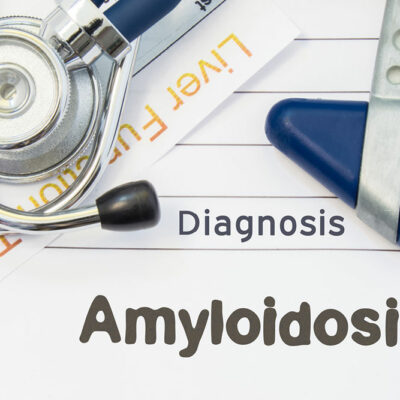
Types, Symptoms, and Risk Factors for Ulcerative Colitis
Ulcerative colitis is a chronic disease which generally affects the colon and rectum area, and causes inflammation. It creates sores on the inner lining of the large bowel. Following a few diet tips for ulcerative colitis can cure some of the symptoms of the disease to some extent.
Based on the location, doctors generally classify UC into five different types. They are:
1. Ulcerative proctitis
In this type of ulcerative colitis, inflammation is seen in the area that is closest to the anus. The only sign of this disease is rectal bleeding. It is a much less complicated form of UC and can be treated successfully by following the diet tips for ulcerative colitis.
2. Proctosigmoiditis
Proctosigmoiditis is known to affect the sigmoid colon and rectum. The symptoms of this type of ulcerative colitis include abdominal pain as well as bloody diarrhea.
3. Pancolitis
Pancolitis affects almost every part of the colon and causes bloody diarrhea, which is quite severe. It can be understood by symptoms like fatigue, abdominal pain, cramps, and significant weight loss.
4. Left-sided colitis
This type of UC causes inflammation of the rectum as well as of the descending and sigmoid colon. Signs and symptoms of this disease generally include weight loss, bloody diarrhea, and abdominal cramping. However, if you follow some of the diet tips for ulcerative colitis, then you might be able to mitigate the severity of these symptoms.
5. Acute severe ulcerative colitis
This is one of the most severe as well as the rarest forms of ulcerative colitis, and it tends to affect the entire colon area. The signs and symptoms of this type of ulcerative colitis include profuse diarrhea, fever, and bleeding.
6. Signs and symptoms of ulcerative colitis
The symptoms of this disease may vary depending on the severity of the inflammation and the region where it occurs. Diet tips for ulcerative colitis can reduce these symptoms to a large extent. The signs and symptoms of this type of IBD are given below:
- Abdominal pain and cramping
- Rectal pain
- Diarrhea with blood or pus
- Weight loss
- Fever
- Fatigue
- Rectal bleeding, in which a small amount of blood is passed with stool
- Urgency to defecate
- Despite the urgency, inability to defecate
- Failure to grow (for children)
Diet tips for ulcerative colitis help to minimize the risk factors related to this disease. The risk factors of ulcerative colitis are:
7. Age and family history
Ulcerative colitis generally affects people before they reach the age of 30. However, it can be seen in people of any age. Family history is very important for this kind of a disease as it can be hereditary. You are at a higher risk if any of your family members is suffering or has suffered from this disease.
UC is one of the most dangerous disorders of the colon, and it can increase the risk of colon cancer. Thus, if you experience any of the general symptoms of this disease, then going to your doctor as soon as possible can be a great idea.


